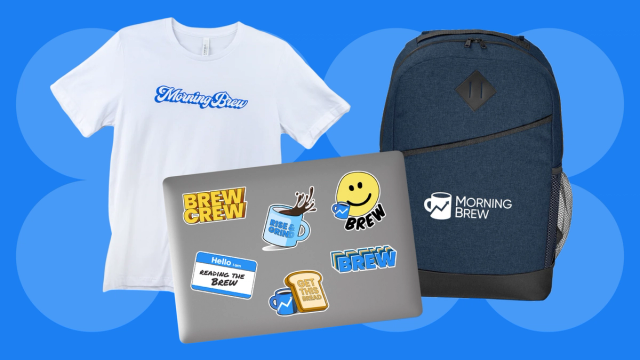|
They say everything’s bigger in Texas––and apparently that includes robotaxi fleets.
There’s been a slew of recent news about plans to bring more driverless rides to Texas cities, including Lyft’s Monday announcement that it’s slated to bring AVs to its platform in Dallas “as soon as 2026.”
The plan (first reported by TechCrunch) is part of Lyft’s previously announced partnership with AV tech company Mobileye. “But the deeper story,” according to Lyft CEO David Risher, is the involvement of Japanese auto and fleet financing conglomerate Marubeni, which manages more than 900,000 vehicles.
“Amazing, safe technology is foundational to [robotaxis],” Risher wrote on LinkedIn. “But it’ll take financial partnership, fleet-management excellence, and 24/7 demand to commercialize them at scale. That’s what we’re putting together to create a customer-obsessed, financially strong AV business.”
Marubeni-owned vehicles equipped with Mobileye’s AV tech will be added to Lyft’s network, with plans to scale to thousands of vehicles across Dallas in the coming years.
“The collaboration shows the ‘Lyft-ready’ model in action––demonstrating how partners can seamlessly deploy AVs to Lyft’s platform, effectively commercialize these deployments, and optimize their efficiency,” Lyft said in a statement. “It also builds on Lyft’s work with industry leaders to execute on our vision of a hybrid rideshare model that combines fleet-owned AVs, personal AVs, and traditional vehicles to serve riders, drivers, and partners.”
Keep reading here.—JG
|







